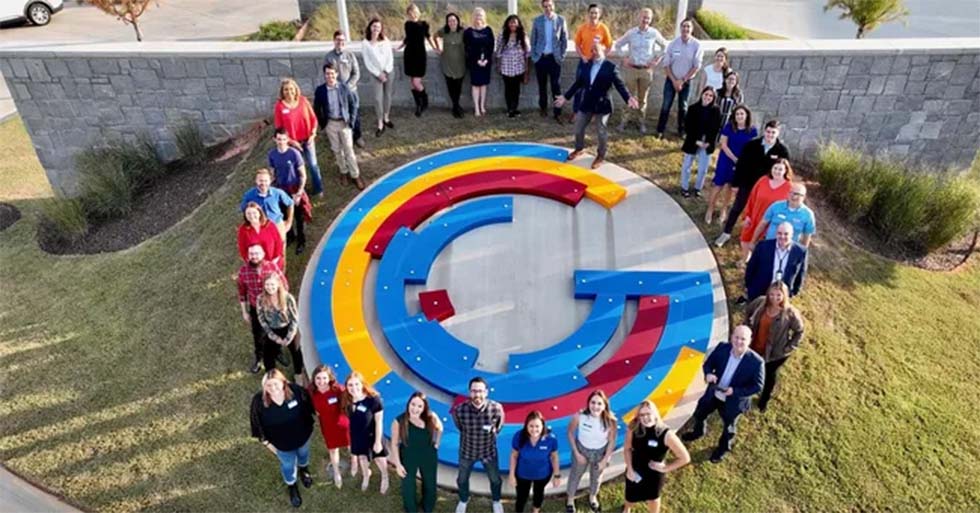World Events Provide Window To Turbulence in Big Media
Open your eyes and ears. Observe. Think. Note that we're experiencing rapid changes in how we learn about world events.
To the outside observer (or audience), this steady change is subtle, yet still profound. For the traditional media businesses attempting to deal with it, the effects are profound, in some cases, even life threatening.
Examples are everywhere. Take Saddam Hussein's hanging. The world's major media outlets were supplied with an official government video recording of the hanging. It had no sound. A mobile phone video soon emerged on the unofficial Internet. It had sound. Turns out the real story was in the sound.
This amateur recording, which showed up first on independent Web sites and on major media outlets later, triggered international outrage. It could become a historic moment in the U.S. involvement in the Iraq war.
To no one's surprise, rather than walk down a red carpet to get an award, the maker of the video that told the truth was arrested. A few weeks later, in another part of the world, New York City Mayor Michael Bloomberg, a man who knows something about information technology, announced that his city's 911 call centers and 311 service lines would soon be able to receive video and still images from mobile phones.
"If you see a crime in progress or a dangerous building condition, you'll be able to transmit images to 911 or online to NYC.gov," he said.
When the picture service is extended to 311, a hotline established to deal with nonemergency, quality-of-life concerns, the mayor said it would hold "city agencies accountable for correcting [issues] quickly and efficiently."
A spokesman for the mayor said the popularity of text and photo messaging and services like Google and YouTube made the city's initiative a natural next step for emergency services. In another development, the FCC granted approval to a merger of AT&T and BellSouth, two telco giants. The new company will control half the nation's phone and Internet access lines. Its co-owned wireless company, Cingular, now becomes AT&T (again).
The newest AT&T plans to offer a high-speed 3G service that allows video to be shared while talking on a phone. And, in a high-profile side deal, Apple announced a partnership with AT&T to sell and support its iPhone, a multipurpose computing device with built-in camera that records images and transmits them over the phone network.
Simultaneously, there's been turmoil for media workers, as well as top executives, as 2007 takes hold. In the Washington, D.C. bureau of the Belo newspaper chain, two veteran television reporters whose stories appeared on Belo's 19 broadcast stations were laid off. They are to be replaced by videographers who will shoot digital video for the Web sites of Belo's 11 newspapers, including the Dallas Morning News.
The changes at Belo were due to a lack of synergy between the broadcast stations and newspapers.
"It was a failed experiment," Tom Ackerman, one of the laid-off Belo TV reporters, told The Washington Post. "There were great aspirations, but it was never followed through. It was a mismatch."
There was another level of "mismatch" at the troubled Tribune Co., owner of 11 newspapers and 24 broadcast stations, when very low bids arrived for both its entire company and its television stations alone. At the time this column was written, the company was considering its remaining options.
Other widely heralded newspaper-broadcaster marriages have or may be close to ending. The New York Times Co. recently sold its nine television stations for nearly $600 million. Before that, it had ended participation in a co-produced television channel with Discovery Communications.
E.W. Scripps, owner of 19 newspapers and 10 TV stations, made it known recently that it may split its newspaper and TV properties into different companies.
This laundry list of events creates snapshots of at least two distinct trends now occurring in media:
First, mobile phone video is already a powerful and significant information tool. With better pictures and greater bandwidth ahead, the technology may eventually revolutionize television news by democratizing video reporting to the level of the blog. Its impact could be huge.
DISRUPTIVE FORCES
Second, traditional media companies are struggling because customers of both the television and print industries are transitioning to the Internet.
In a recent article investigating what went wrong with media consolidation efforts over the past five years, The Washington Post cited YouTube and MySpace as major disruptive forces in the traditional media business. Both sites, the newspaper said, have demonstrated a mass audience appeal for short video clips, both professional and amateur.
Couple that with lower cost video technology and a new generation of multimedia reporters to use it. The Post said newspapers have found it much cheaper to use entry-level reporters to shoot digital video and post it on a Web site than to pay a professional video crew, reporter and producer to create three-minute broadcast segments.
For that reason, many newspapers are now training their reporters to shoot video. Some print reporters already shoot video to accompany their articles when they appear on their newspaper's Web site. And some newspaper sites already have more original news video than their television counterparts.
Television news as it was only a few years ago is now over.
The professional video industry's #1 source for news, trends and product and tech information. Sign up below.
Frank Beacham is an independent writer based in New York.

